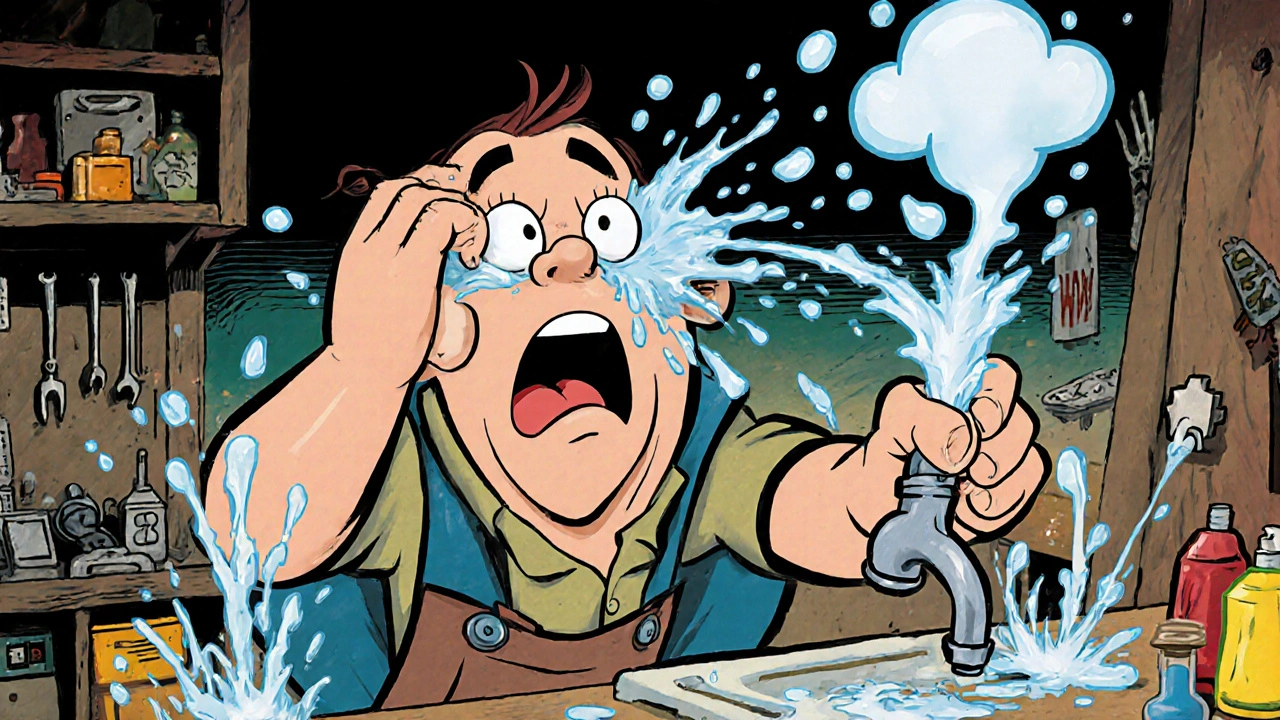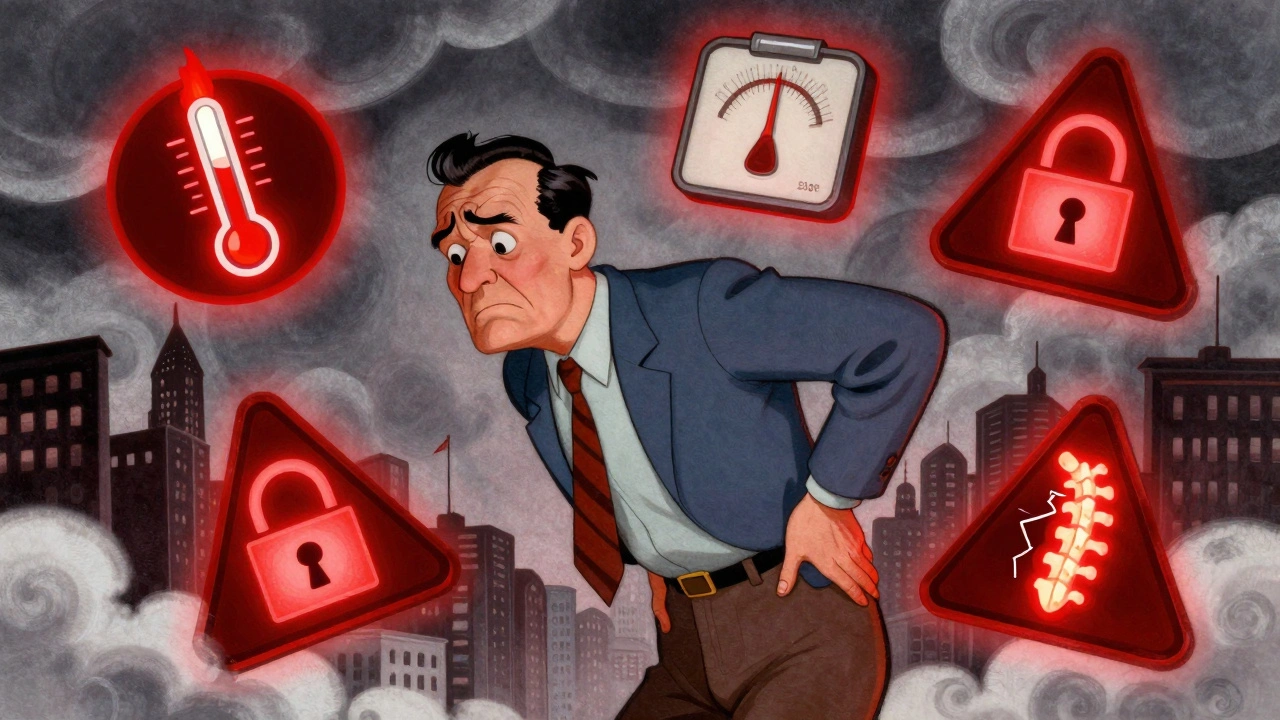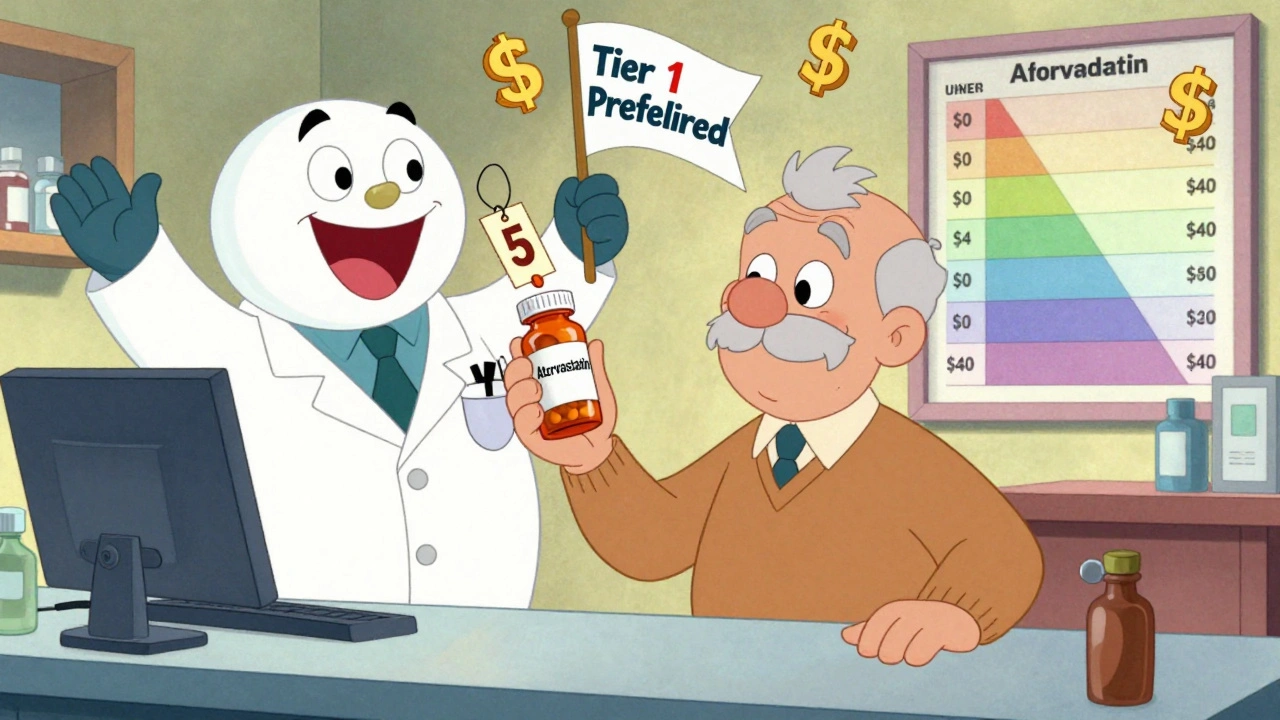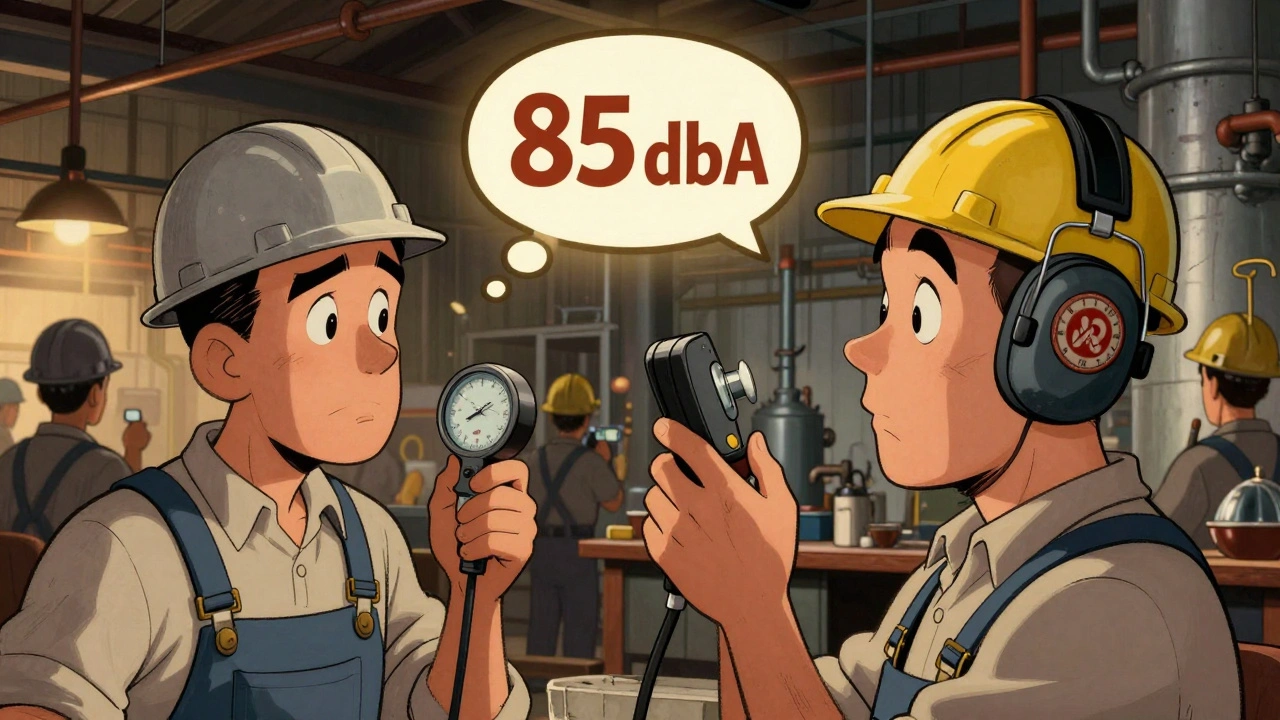Emergency Eye Care: When to Act Fast and What to Expect
When something goes wrong with your eye, time isn’t just important—it’s everything. Emergency eye care, immediate medical attention for sudden vision changes or eye trauma. Also known as ocular emergency, it’s not a wait-and-see situation. A scratch, a splash of cleaner, or sudden blurry vision could mean permanent damage if ignored. Your eyes don’t heal like skin. What feels like a minor irritation today could become a sight-threatening problem tomorrow.
Common triggers for emergency eye care include chemical burns, exposure to household cleaners, industrial solvents, or even strong makeup removers, foreign objects, like metal shavings, glass, or even plant matter stuck under the eyelid, and sudden vision loss, whether partial or total, with or without pain. These aren’t rare. People mistake them for allergies or tired eyes all the time. But if your vision changes fast, or your eye feels like it’s on fire, don’t call your primary doctor—go to an ER or urgent eye clinic. Delaying care can mean losing vision you can’t get back.
Some of the most serious cases we see come from people who tried to rub it out, flush with tap water, or wait until morning. A metal fragment in the cornea needs removal within hours. A chemical burn needs irrigation within minutes. Even a seemingly small scratch can turn into a dangerous infection. Emergency eye care isn’t about being dramatic—it’s about knowing the difference between a nuisance and a crisis. The posts below cover real cases: how certain medications can cause dry eyes that mimic emergencies, why diabetic patients are at higher risk for sudden vision changes, and how autoimmune conditions like Sjögren’s Syndrome can silently worsen eye damage. You’ll find practical advice on what to do before help arrives, what treatments actually work in the ER, and which symptoms mean you can’t wait.
Ocular Trauma: Chemical Splashes and Immediate First Aid Steps That Save Vision
Chemical eye injuries can cause permanent vision loss in seconds. Learn the exact first aid steps-flushing for 20 minutes with water-that save sight, what to avoid, and why speed matters more than the type of liquid.






